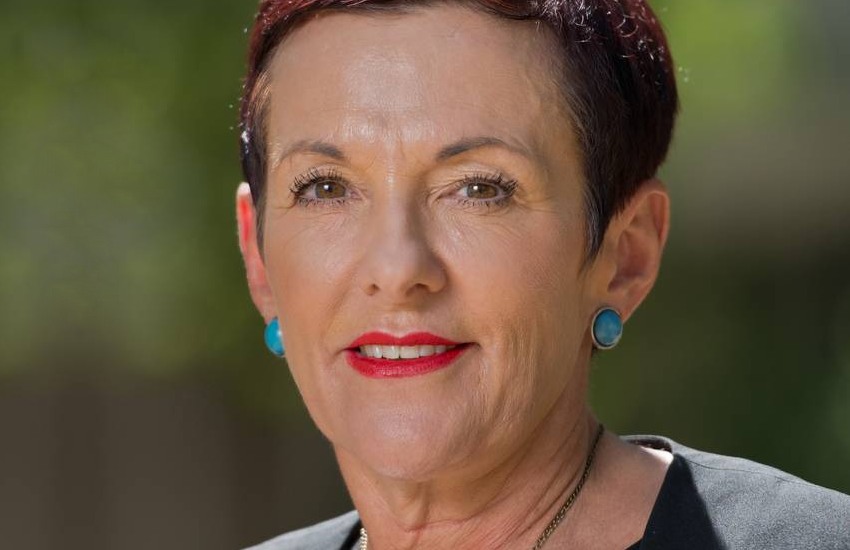The Australian Small Business and Family Enterprise Ombudsman, Kate Carnell, has now detailed 10 recommended changes to current insolvency practices, as part of her Insolvency Inquiry Report.
A key recommendation has called for the establishment of a Small Business Viability Review program where small-business owners experiencing significant financial stress can obtain a voucher of up to $5,000 to access a tailored plan from a professional adviser, including their accountant.
You’re out of free articles for this month
It comes after the ASBFEO found that small businesses frequently said there was no “spare” cash to seek advice, even from their existing bookkeeper or accountant.
“We know the sooner a small business seeks help, the more likely it is they can achieve a restructure or turnaround,” Ms Carnell said.
“But cash-flow issues, compounded by falling revenue, may mean those small businesses can’t afford the professional financial advice they need. The ramifications of this could be devastating, both for the business and its owner and family, down the line.”
The ombudsman’s report also recommends establishing a Directors’ Insolvency Agreement where a small-business owner can provide a registered liquidator with a proposal on the best way to manage the business.
“External administrations are focused on maximising the benefit to creditors, while the small-business owner’s expertise and knowledge is often brushed aside,” Ms Carnell said.
“Small businesses have spoken of stock being sold at a low point in the market, assets being put up for sale in publications that aren’t relevant to their industry, and thousands being spent by registered liquidators to chase down payments worth far less than the amount spent.
“If the small-business owner, with the approval of a registered liquidator, could restructure their affairs, it would likely lead to more positive outcomes, including a greater return to creditors.”
Ms Carnell has also called for the cost of insolvency to be capped for small businesses, particularly given the majority of small businesses entering liquidation have assets of less than $10,000.
The ASBFEO has recommended that costs be capped at no more than $10,500 and rise in line with the capped total as nominated by ASIC in its funding guidelines for registered liquidators under the Assetless Administration Fund.
“Throughout the course of this inquiry, we have spoken with a range of registered liquidators who have indicated the minimum cost of a straightforward voluntary administration is about $12,000, while the average is closer to $50,000,” Ms Carnell said.
“For businesses that need to wind up, it is critical that the process be cost-effective, quick and dignified.
“Ultimately, if implemented, our Insolvency Practices Inquiry recommendations will go a long way to ensuring the Australian small-business community retains its fighting spirit.”

 Login
Login






